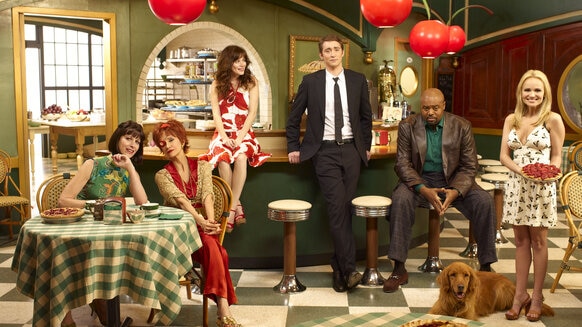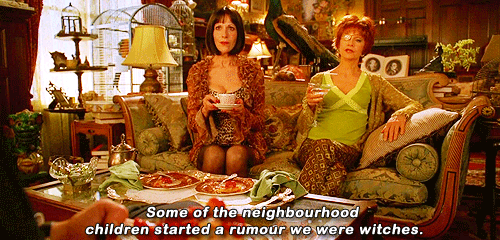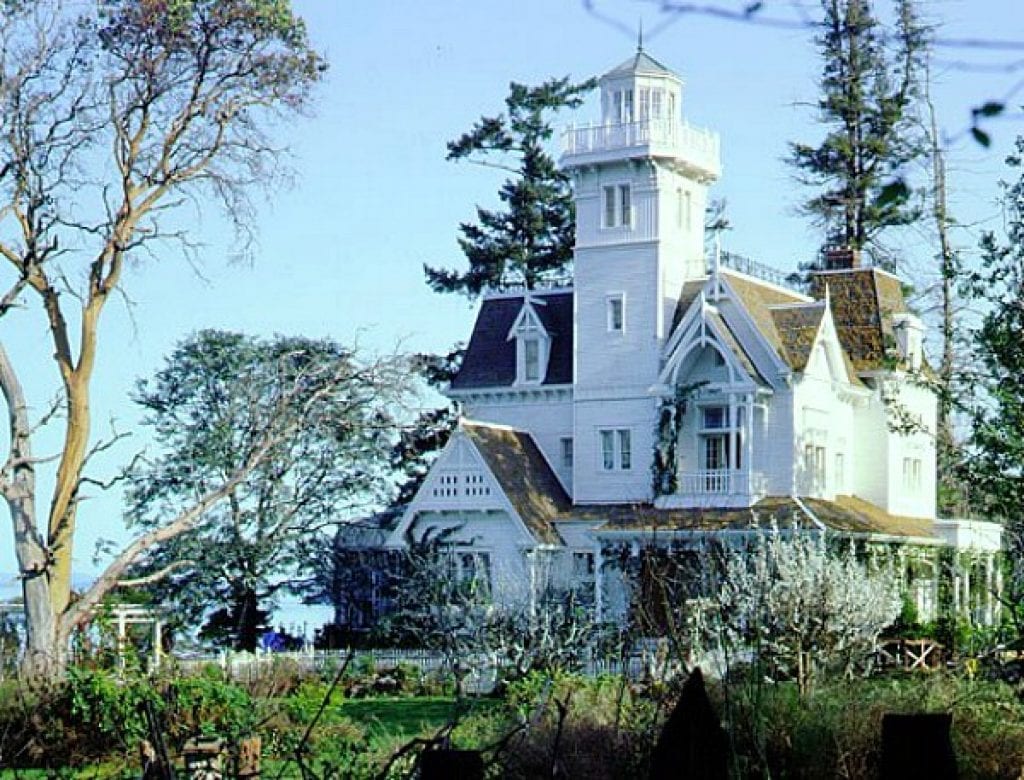
You can't open a decor magazine or the homes section of the newspaper lately without seeing something on green design. It's come a long way from the days when environmentalism seemed to be the exclusive domain of back-to-the-land types (yet who somehow all seemed to think energy efficiency meant heating their homes with wood).
Or has it?
The more I read about these so-called eco-friendly homes, the more I have to wonder just how green they are.
Many of the buildings lauded for their green design are new construction. It's fine to include masses of recycled or natural materials, or to have ultra-efficient appliances and workings, but too many questions are raised in my mind. What was on the land before? Did another building get torn down and trashed, or was the land previously green space or farmland?
Recycled materials still require industrial processes to produce--how green are they, really? What are the environmental impacts of shipping, say, bamboo and sisal from point A to point B? New houses all seem to be huge (with lots of wasted space, like two-story high "great" rooms)--even with efficient heaters and air conditioning, how much energy do they end up using to make them comfortable?
And darn it--why are so many of these houses covered top to bottom, inside and out, in wood? Yes, wood is a renewable resource...to a point. I keep picturing entire forests being devastated just so some self-proclaimed environmentalists can have cedar shingles and knotty pine encapsulating their houses.
The so-called green renovations being featured aren't much better. How is going into a perfectly good house, gutting it, and creating an entirely new (albeit largely recycled/natural) interior environmentally friendly? I can't help but feel that people who buy a house merely to gut it and re-create it according to their own whims or passing fads not only have no interest in actual green design, but lack respect for the house itself.
What isn't mentioned by green design mavens, however, is old (I'm thinking mainly pre-WWII) houses. It's true these houses precede the green revolution, but that doesn't mean their builders didn't take environmental concerns into account (whether knowingly or otherwise).
Old houses are solidly built with quality (usually, if not always, local) materials. I also happen to think they're beautiful, and despise unsympathetic renovations...but that's another post. Granted, a house that old will probably need repairs and/or updating, but what goes into that is still far less than a gut-job reno or building from scratch.
Retrofitting is also a good solution, as old heaters can be replaced with energy efficient ones and old windows can be replaced (if absolutely necessary) with new. In the case of our house, the original leaded windows have been preserved, with new energy efficient windows installed on the outside. You don't even notice the new windows, but drafts and noise have been minimized. Refinishing existing hardwood floors, for example, is also environmentally superior to cutting down trees, processing them, and shipping in order to create new hardwood floors.

Old houses also tend to be more modest in size. I admit, as a collector, I sometimes find smaller homes limiting. But realistically, we're making good use of the space we have (actually using all the rooms!) and, as long as I keep my packrat tendencies under control, it'll be a while before we outgrow it. I'm stunned when I see some new homes. Does anyone really need (or want) a bathroom larger than most bedrooms? Think of all the cleaning! Or how about kitchens big enough to host a Greek wedding reception? Yes, they look beautiful, but I can only imagine they would be exhausting to work in (and there's the cleaning issue again). Larger houses consume more materials to build, use more energy to run, and--let's face it--will collect more stuff no matter how hard you try to avoid it. It's inevitable that an empty space will eventually be filled--and who's going to want to clear out their closet when it's the size of an island nation?
When we moved into our current house,
I was concerned that the south-facing rooms would get too hot in summer. What didn't occur to me was that people in the past, faced with the same hot summers and no air conditioning, had taken climate control into account. The numerous deciduous trees planted in front of the house do a great job of shading the rooms in summer. Yet once their leaves have dropped in winter, sunshine streams in and warms the place. This could be the easiest (and most attractive) passive solar heating system ever. In the north-facing backyard, trees have been placed in such a way as to not block light, and hedges have been planted as wind-breaks. I think it's time we collectively give props to our forefathers--when it came to building and being intuitively green, they knew what they were doing!
*With apologies to Mr. Kermit the Frog...
(Edited for clarity and to add photos. Follow me on my official blog: AspasiaSBissas.com)
 The Fruit Hunters
A book is a great prize in itself for a book addict like me, but one about food simply rocks. Check this space for a review in the near-ish future (my current read, Henry VIII is both long and dense. It's taking a while to get through).
Thanks, foodtv.ca!
The Fruit Hunters
A book is a great prize in itself for a book addict like me, but one about food simply rocks. Check this space for a review in the near-ish future (my current read, Henry VIII is both long and dense. It's taking a while to get through).
Thanks, foodtv.ca!














